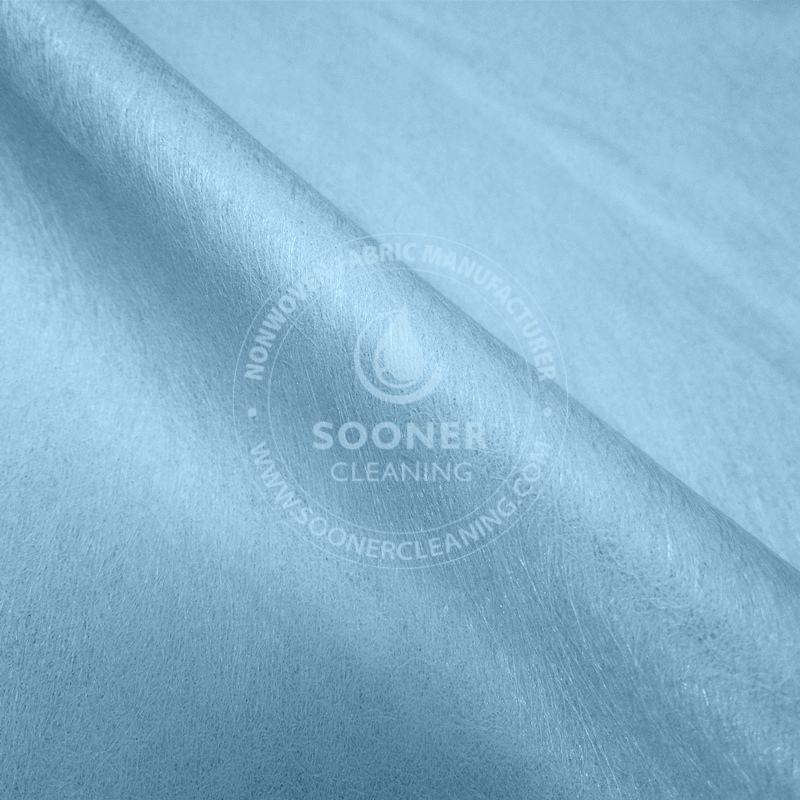In a precision manufacturing lab for electronic products, technicians are using special cleaning wipes to wipe down multi-million dollar optical lenses. This scene reveals the underlying logic behind the creation of
the low-fuzziness and seamless cleaning cloths: the requirements of modern industry for cleaning tools have evolved from simple decontamination to zero-damage precision care. The market demand for these products is growing at a rate of 23% per year, confirming the ultimate pursuit of cleaning quality by users in the context of consumer upgrading.
I.the core breakthrough of low-flocculation and no-trace technology
Fibre structure innovation is the core of low-flocculent technology. Through the nano-scale fibre weaving process, the fibre diameter of the new generation of cleaning towels is controlled at 0.1-0.3 microns, equivalent to 1/500 of a hair strand, and this ultra-fine fibre forms a three-dimensional mesh structure, which can effectively capture micron-sized dust, but also avoids linting produced by the breakage of traditional cotton fibres.
The use of environmentally friendly composite materials makes the product both functional and sustainable. The blending process of biodegradable polyester fibre and natural bamboo fibre not only ensures the strength of the material, but also shortens the degradation cycle of the product to 1/3 of the traditional material.
II.the analysis of the value of multi-scene applications
In the field of optical equipment maintenance, professional photographers have shown that the use of low-flocculation non-trace cleaning wipes to clean the CMOS of DSLR cameras effectively reduces the risk of secondary pollution by 93%. Its static electricity elimination function can prevent dust adsorption, and when combined with special cleaning solution, the cleaning efficiency is increased by 40%.
In the medical disinfection scenario, the SGS-tested and certified products can withstand 134°C high-temperature sterilization, with a fibre strength retention rate of over 98%.
At the level of home cleaning, mothers and babies are more concerned about material safety. OEKO-TEX certified products pH value is weakly acidic, and the natural pH of human skin coincides. Tests show that when cleaning baby bottles, the amount of bacterial residue is 82% less than ordinary wipes.
III.A Scientific Guide to Purchasing Decisions
Identify quality products need to pay attention to three dimensions: translucent observation of fibre uniformity, high quality products present a uniform grid; combustion test, qualified products should be no pungent smell and residual white powder; water absorption test, drops of water should be a hemisphere of slow diffusion rather than rapid infiltration.
According to the use of scenarios matching product specifications to choose customisable;
Maintenance and storage points include: avoid direct sunlight to cause fibre aging, it is recommended to be used up within 6 months after opening, and should be stored in an environment with humidity <60% when the sealed package is not used.
IV.Driven by both consumption upgrading and demand for fine care, low-flocculation non-trace cleaning wipes are penetrating from the professional field to the mass market. According to industry forecasts, the global market size will exceed $8 billion in 2025. Choosing these products is not only an upgrade of cleaning method, but also an effective protection of precision equipment investment. When we elevate cleaning tools from daily necessities to the cognitive dimension of technical products, we can truly understand the core value of these innovative products.


